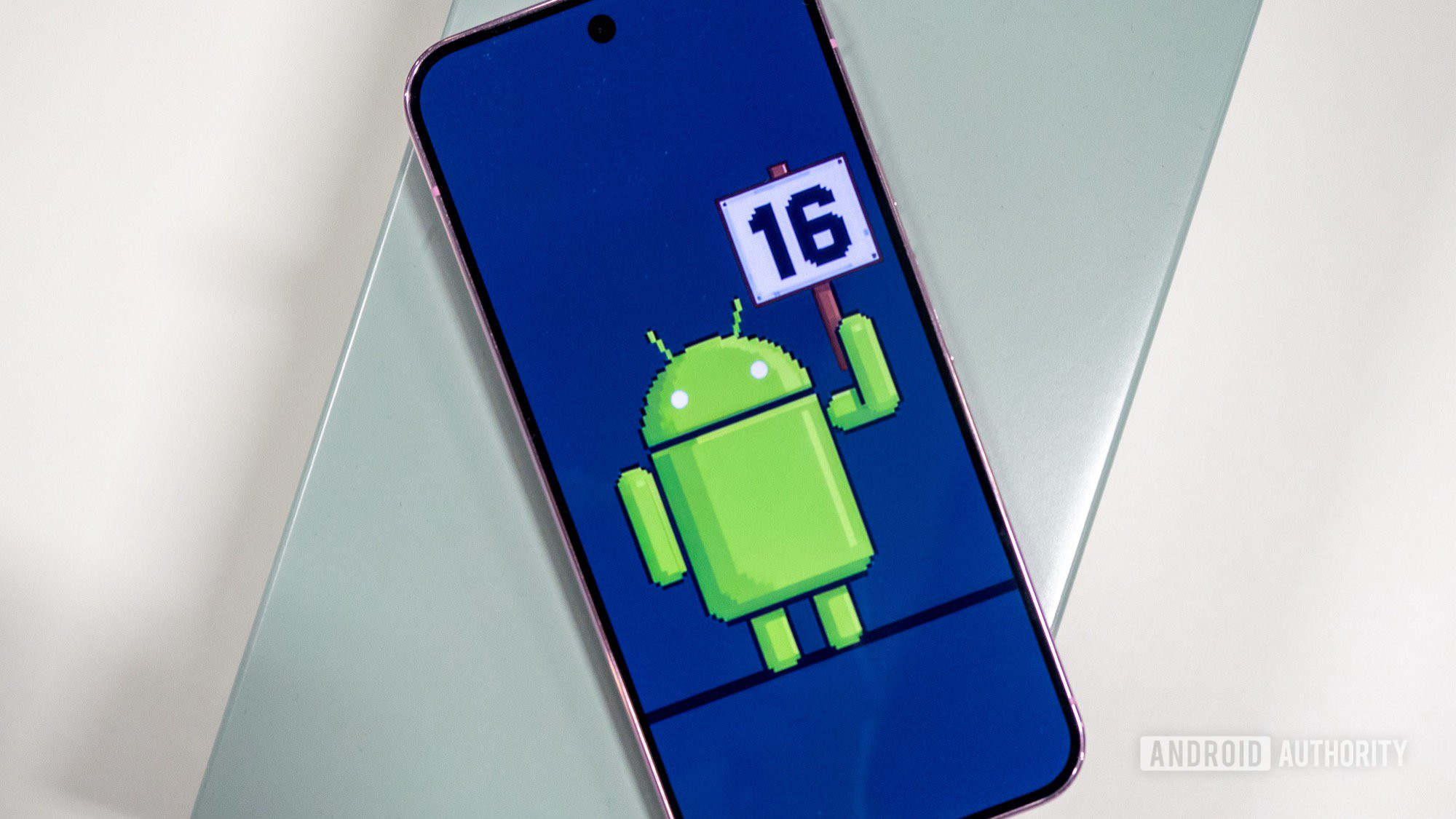
Rita El Khoury / Android Authority
Google switched things up with Android 15 when it decided to decouple the platform update from the Pixel 9 series. That decision gave both the software and hardware their own breathing room and independent timelines. With the official stable Android 15 update on the horizon, it’s time to look forward to what Google is cooking up for Android 16. Here’s what we know about Android 16 and the features we expect to see in the upcoming update in 2025.
Android 16: Name
Google used to name Android versions with dessert codenames, but it strayed away from that tradition with the release of Android 10, choosing to stick with only the version number for all future releases. Consequently, Android 16 will be known simply as “Android 16,” with no dessert codename officially used.
However, Google still uses the dessert codename internally. Android 16’s internal codename leaked recently as Baklava. This is interesting because Android 15’s codename was Vanilla Ice Cream, so you’d think Android 16 would be known as something that starts with a “W” (“Waffle” would have been a good one).
So why did Google jump from “V” all the way back to “B?” It’s a bit complicated, but it mainly involves big changes to Android’s backend. If you want to learn more, we explain Android 16’s unexpected Baklava codename in detail.
Android 16 expected release timeline
Google has not yet announced Android 16’s release timeline. However, based on the platform’s release history, one would expect it to be released in Q4 2025.
For reference, the first Developer Preview for Android 15 was released in February 2024. The Android 15 Beta 1 was released in April 2024, while the stable Android 15 update is expected to be released in October 2024. Android 15’s source code was released in September 2024.
However, there is evidence to suggest that Google might launch Android 16 much earlier than usual. Code within AOSP suggests we could see something as early as Q2 2025 — namely April, May, or June of that year. Obviously, this could be Google’s intention, but time will tell if it can actually pull that off.
If it does, it would likely mean an early launch again for the Pixel 10 series. The Pixel 9 surprised us all by launching in August 2024, months earlier than its expected October reveal. This adds further support to the idea that Google could launch Android 16 much earlier in 2025.
Android 16: Leaked and upcoming features
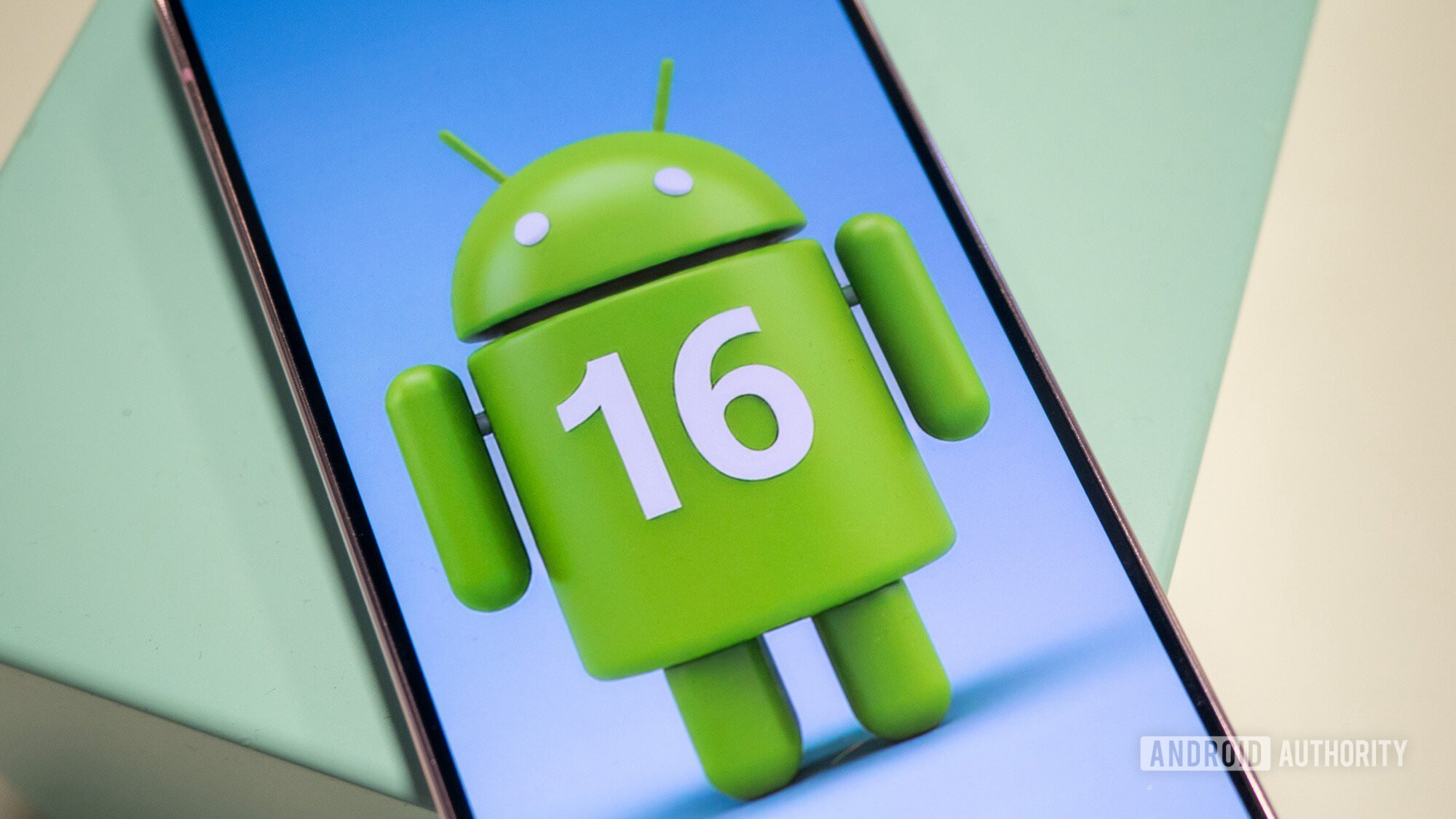
Rita El Khoury / Android Authority
While Google has not yet shared any details about Android 16, we can start painting a picture of what we will get with the next update, thanks to Google’s QPR updates.
Google’s QPR updates and what they tell us about future Android releases
The Android platform follows an annual release schedule, which OEMs and the world at large have access to. Google also follows a second public release schedule for its Pixel devices in the form of QPR updates. QPR refers to Quarterly Platform Release, which is an update track where updates are released once every three months (quarter). So, we generally get an annual Android platform update on Pixels, followed by three QPR releases, and then the next annual Android platform update.
While the features included in the Android platform update are final and available to the world, features released in the QPR updates are available to Pixel devices until the next Android platform update incorporates them. Further, Google also runs a separate beta program for the QPRs months in advance.
This gives us situations where we can try out new features that are coming to Android 16 (by checking them out in Android 15 QPR 1 betas) before the stable Android 15 update is even launched!
As a result, we have a list of features that are coming to upcoming Android 15 QPR releases for Pixel devices, which are also likely to be added to the next Android platform update, Android 16. Let’s check them out!
Desktop windowing
We’ve talked about desktop windowing before as a leak, but Google officially introduced the feature in Android 15 QPR 1 Beta 2 for the Pixel Tablet. Google’s announcement doesn’t mention the release timeline, but we expect to see the feature in the wider Android 16 release.
Desktop windowing allows users to run multiple apps simultaneously and resize app windows, just like we’re used to doing on conventional desktops.
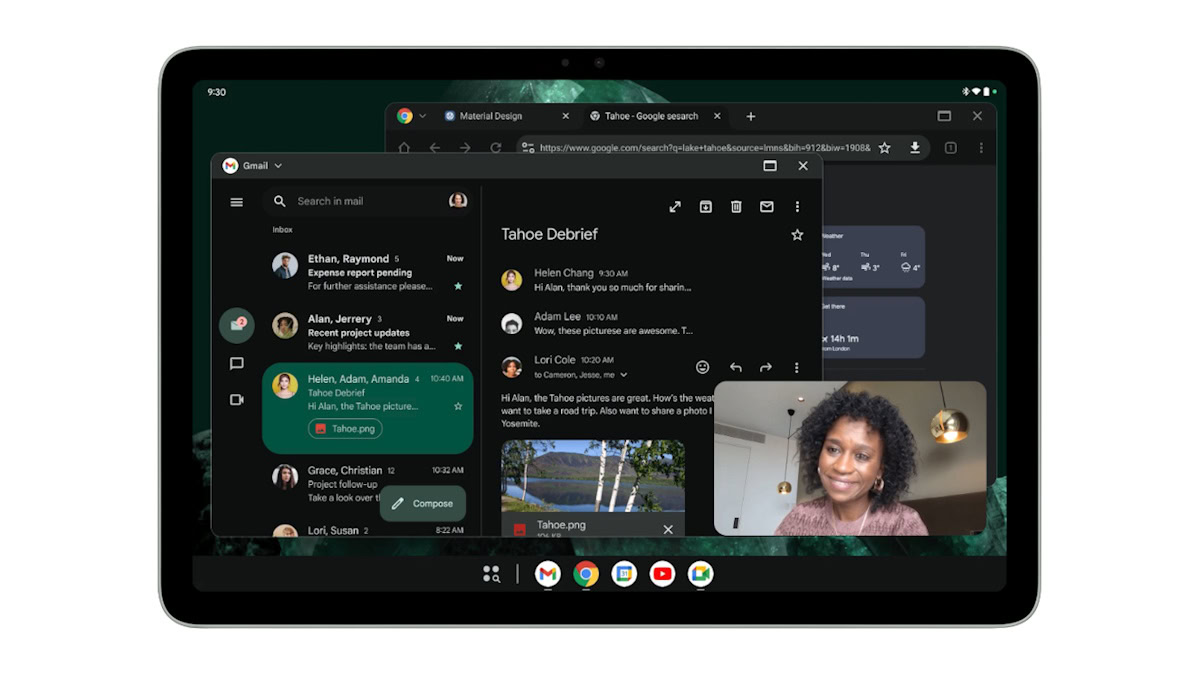
Google has fixed the taskbar’s position to the bottom of the screen. It can now show running apps and apps pinned by the user. There is also a new header bar, which houses window controls.
In addition to the announced feature, there’s a new hidden toggle called Enable desktop mode on secondary display, which replaces the old Force desktop mode toggle.
Redesigned Settings homepage
Android 15 Beta 3 included clues for a redesigned Settings homepage, but the changes didn’t go live in later betas. The new settings layout did go live in Android 15 QPR 1 Beta 2, indicating that it is possibly on track for an Android 16 release.
On the left is an example of how the top-level page looks on Android 14 and the right image shows the new layout in Android 15 QPR1 Beta 2.
Blocking old notifications
People who own and use multiple Android devices can relate to the notification flood that arrives whenever they boot up the less frequently used device. Right at boot, after the device establishes its internet connection, you’ll receive all notifications that weren’t delivered to this device, even if you have checked out the notifications from your other device.
Android 15 QPR 1 Beta 2 changed the way Android handles these older notifications. The system now rejects notifications that are more than two weeks old. These older notifications will only show some details to let you know which apps or contacts to check up on, but they will no longer alert you with a sound or vibration, or even show the full notification contents.
Compact heads-up notifications
If you are bothered by just how large the heads-up notifications can be when watching full-screen content, then Google is working on a solution. We spotted clues for compact heads-up notifications in Android 15 Beta 4, and the feature became more widely available with Android 15 QPR 1 Beta 2.
You can see the compact layout in the second set of notifications below.
Most of the text in the notification is truncated, and any embedded images are hidden by default until you tap the dropdown arrow to expand them. However, the notification icon, notification title, and reply button are still shown for messaging apps like Telegram.
Notification cooldown
Android 15 Developer Preview 1 included a feature called Notification cooldown, located at Settings > Notifications. When enabled, this feature would gradually lower the volume of successive notifications coming from the same app. The feature prevents your phone from going off wildly when you receive a lot of notifications very quickly.
However, Google removed the feature from Android 15 Beta 1. The feature has not returned yet, but there’s evidence within Android 15 QPR 1 Beta 2 that it has not been abandoned.
Starting with the changes, the new chips for screen recording and screencasting will give you a timer right in the status bar.
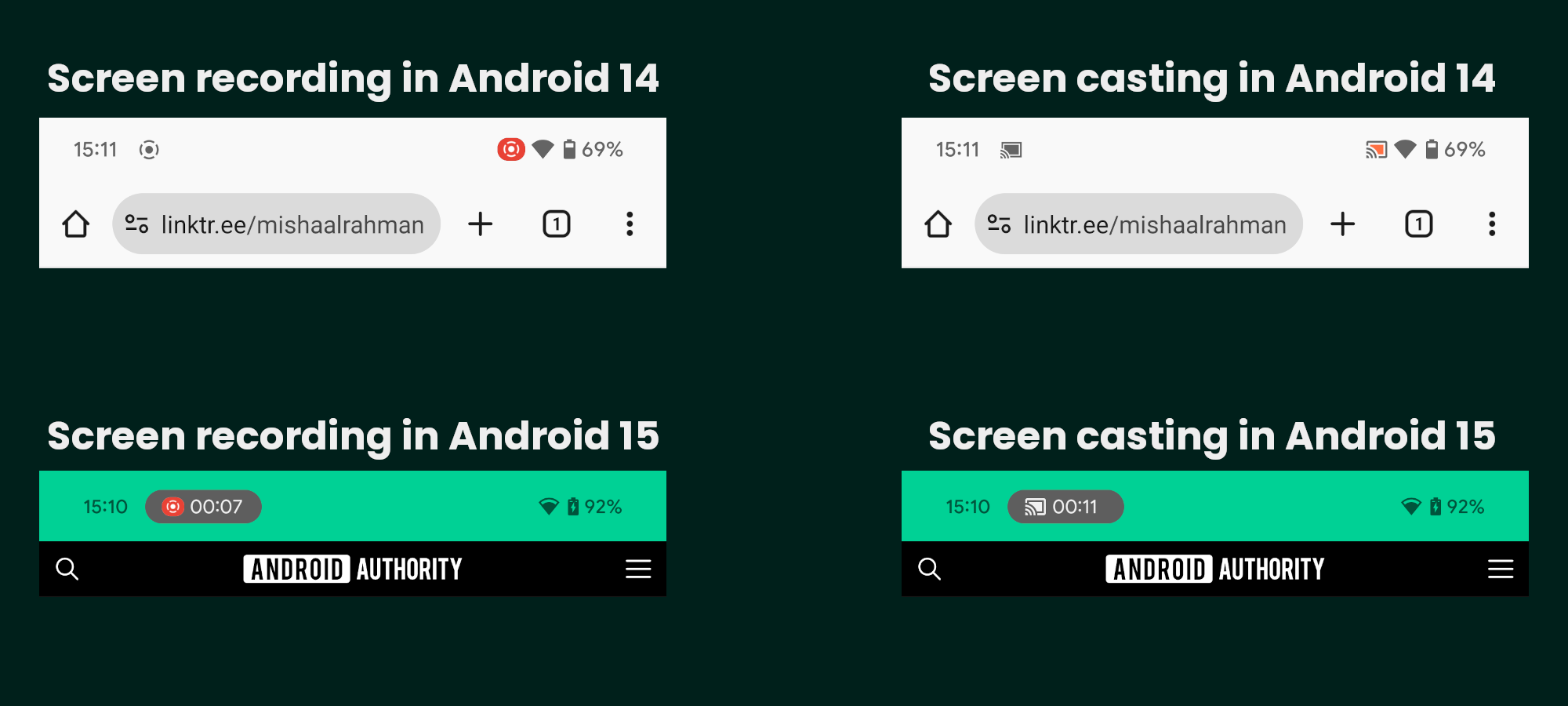
Mishaal Rahman / Android Authority
They will also let you stop the screen recording or screencasting session without needing to pull down the status bar. Tapping on the chip will open a dialog that will let you stop the session.
There’s also a different icon now to indicate when a third-party app requests to record or cast the screen. The dialog more prominently asks you whether you want to “share your screen” rather than “start recording or casting.”
The experience is fairly functional, so we’re hoping to see it go live for the wide platform with Android 16.
Lock screen widgets
Android used to allow lock screen widgets in its early days, but the feature was removed in Android 5.0 Lollipop in 2014. Google has been working on bringing back lock screen widget support, and Android 15 QPR 1 Beta 2 finally adds them for the Pixel Tablet.
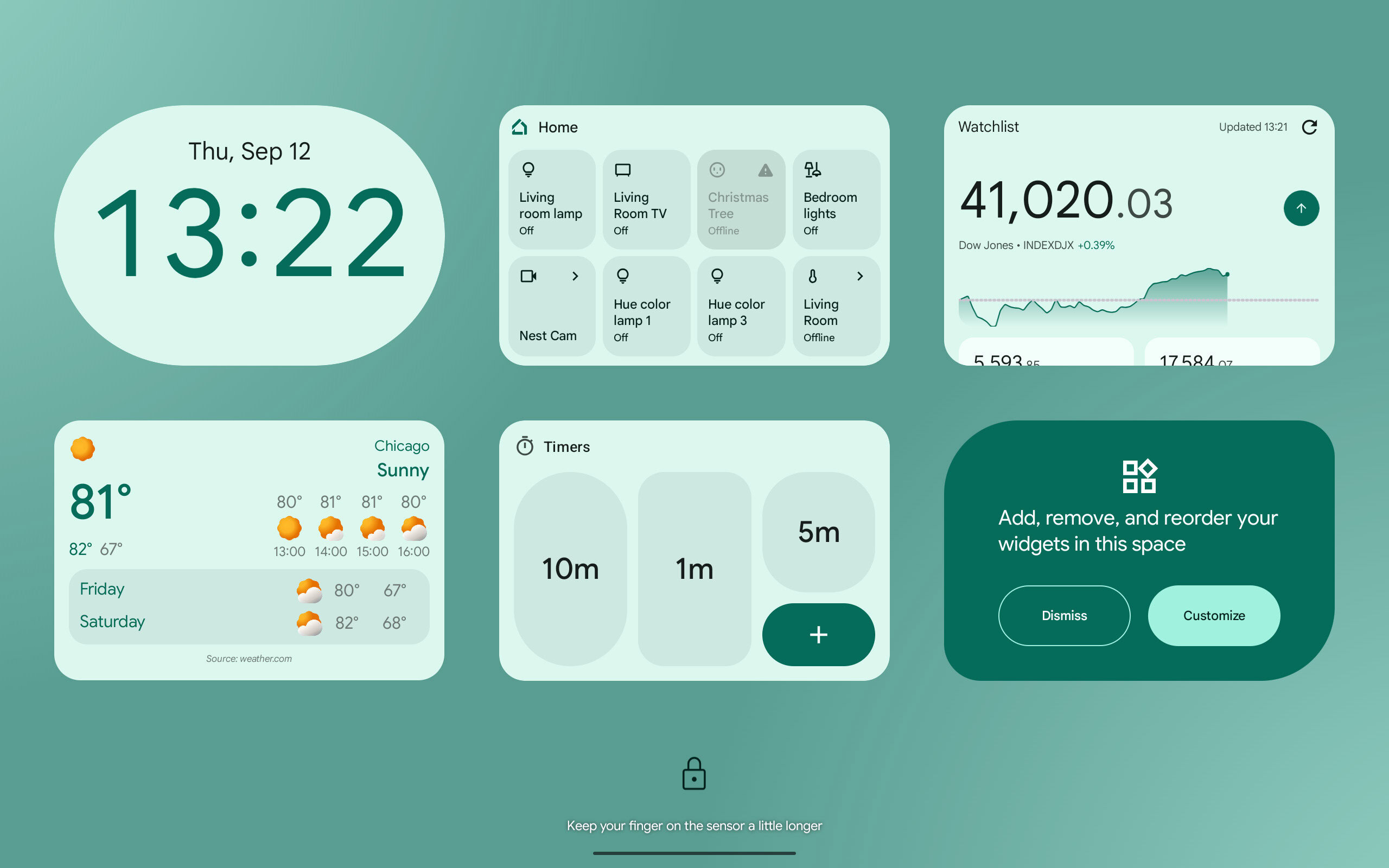
Mishaal Rahman / Android Authority
To access them, swipe inward from the right edge of the lock screen. Then, tap the “customize” card to open the widget editor, where you can add, remove, or reorder your widgets.
Do Not Disturb (DND) mode changes and the introduction of Priority mode
Google is working to supercharge Android’s Do Not Disturb mode with a new Priority mode. We spotted extensive clues within Android 15 QPR 1 Beta 1, indicating that Google is planning to rename the Do Not Disturb mode entry point, tweak its UI, add a new Quick Settings tile, and introduce many other customization options.
The new DND mode UI that we activated has new toggles to enable grayscale mode, disable the always-on display, dim the wallpaper, and enable the dark theme. These four options take advantage of the new ZenDeviceEffects API.
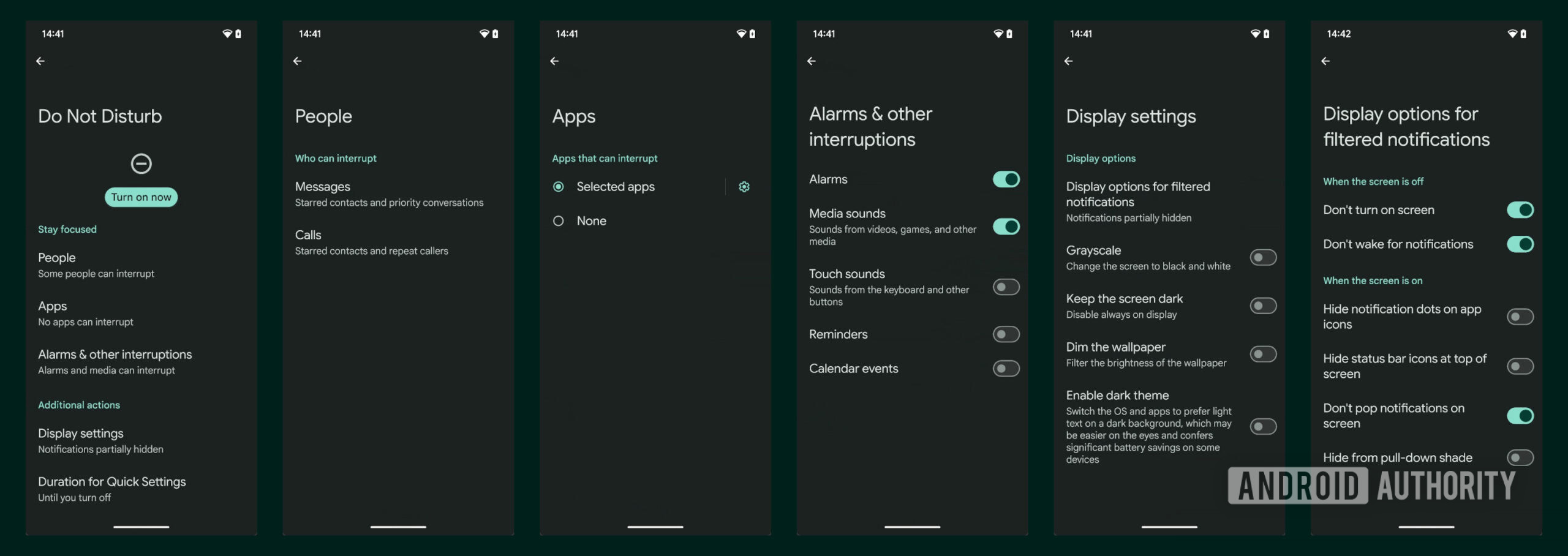
Mishaal Rahman / Android Authority
The scheduling options from DND mode are being transferred to a custom Priority Mode. This new Priority Modes menu lets you create a fully custom DND mode schedule with its own name, icon, activation trigger, display settings, and notification settings.
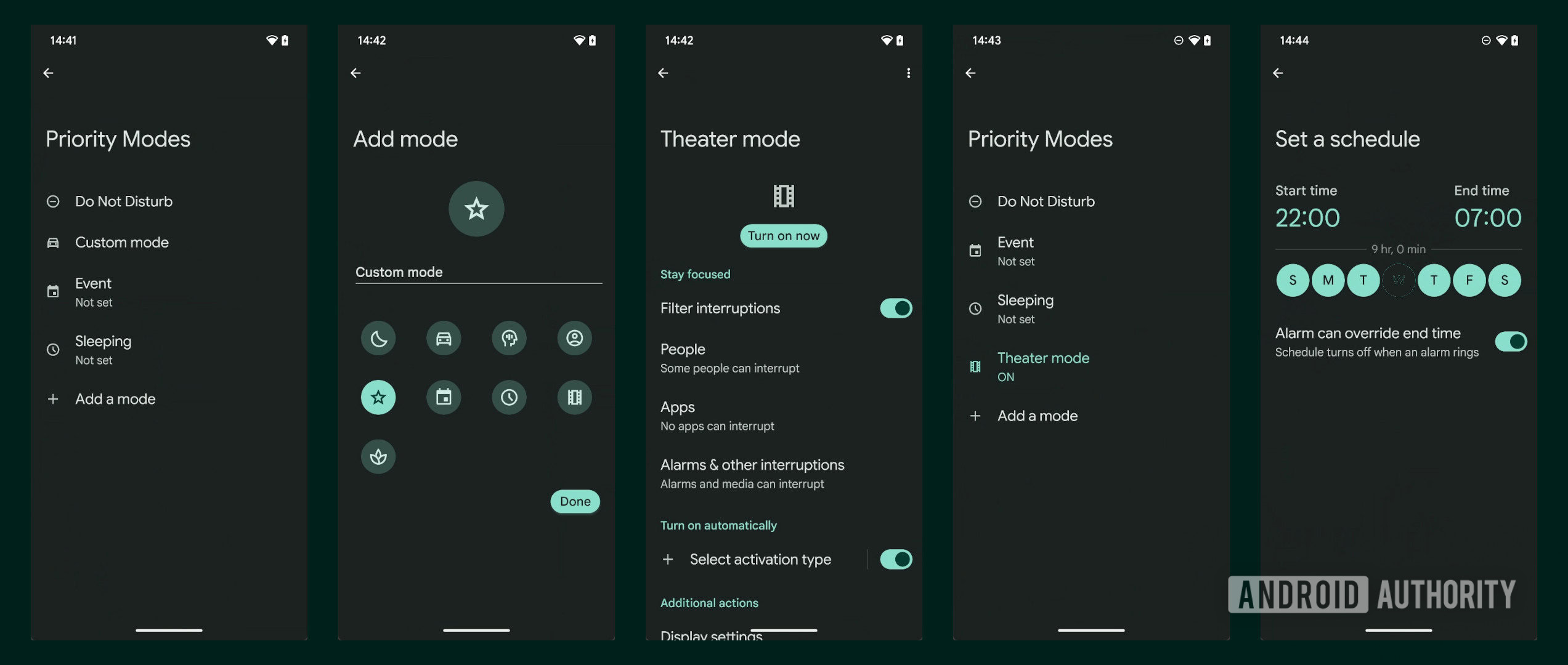
Mishaal Rahman / Android Authority
There’s also a new Quick Settings tile for the Priority Mode, which co-exists alongside the DND mode tile.
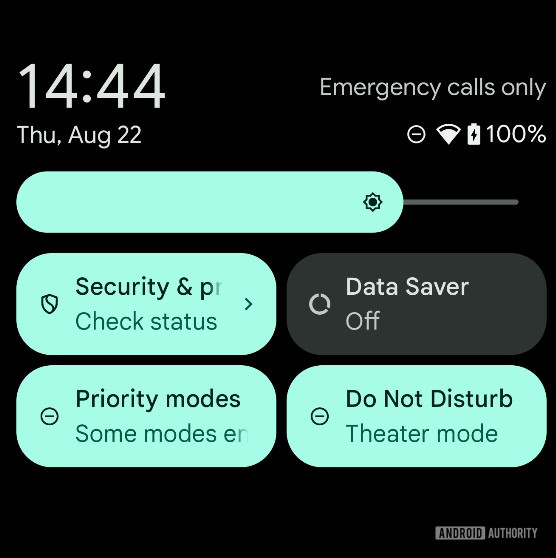
Mishaal Rahman / Android Authority
Since this change was spotted with Android 15 QPR 1 Beta 1 intended for Pixel devices, it will be incorporated into future versions of the Android platform.
Smaller changes
There are plenty of smaller changes that we expect will be available in Android 16, based on leaked features:
- Android 15 QPR 1 Beta 2 includes an intensity slider for color correction settings. This slider lets you tweak the intensity of the color balance changes within the color correction modes.
- Android 15 QPR 1 Beta 2 includes customizations for the mouse pointer. These include a new pointer fill style selector, a pointer stroke style selector, and a pointer scale slider. They can be found under Settings > System > Touchpad & mouse.
- Android 15 QPR 1 Beta 1 and Beta 2 include a new keyboard switcher button. This button appears as a wireframe globe located under the keys and to the right of the hide button. The switcher dialog also looks more modern and is placed much lower on the screen to make it easier to select with one hand.
- Android 15 QPR 1 Beta 1 included new strings describing a settings page for external displays. Beta 2 included the change for the External Display page. This page allows the user to adjust the display resolution and rotation of external displays that are connected to a Pixel 8 series or Pixel 9 series device.
- Android 15 QPR 1 Beta 1 includes a new animation when you long-press on the Bluetooth and Wi-Fi Quick Settings tiles.
- Android 15 QPR 1 Beta 1 includes a new predictive back gesture animation for the keyboard.
These are all the changes that we expect to see in the Android 16 platform update in 2025. Let us know your favorite upcoming feature in the comments below!








